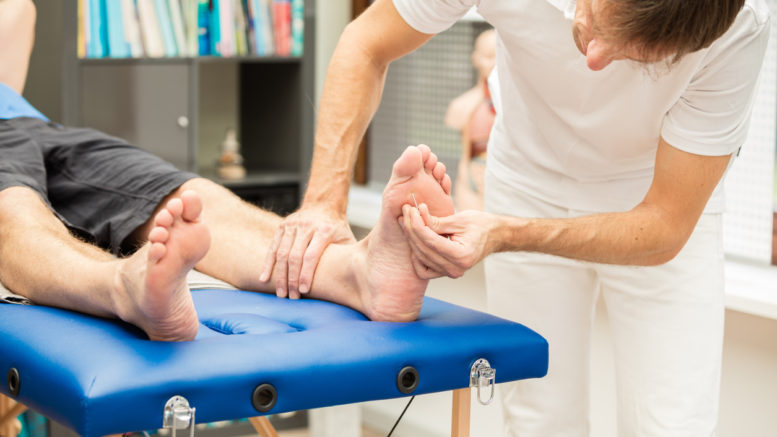Living with diabetes could certainly be difficult, and among all the many symptoms that have to be dealt with, foot care often falls along the wayside as a minor priority. To one extent, this is somewhat understandable considering how important issues like monitoring insulin, watching blood sugar and keeping track of your diet can be a burden to diabetic patients. That being said, it’s nonetheless essential that people with diabetes take the time to take care of their feet.
Over a quarter of all individuals managing diabetes experience problems with their feet. This includes a wide variety of minor an major issues including sores, pustules, infections, and even neuropathy – which is a form of nerve damage. Those who have to deal with minor conditions often leave them untreated, but if a problem is not treated soon enough, it could become a much bigger issue over time.
Taking care of diabetes foot
Just a few minor tricks can make all the difference for individuals suffering from diabetes who need to take care of their feet.
Step one is always to check your feet. Even when the condition is mostly under control, there can be some accidents affecting the feet and lower legs that can lead to more serious damage. Being aware of apparently negligible problems such as cuts, swelling, or blisters, and always seek proper medical treatment before a small issue becomes a big one.
Another important step it to keep your shoes on quite often. The truth is that this population of vulnerable patients face a much larger risk of foot injuries the nondiabetic individuals according to the Orthotic Shop. That means that the extra padding and support the comes with a good pair of shoes is extremely important, and should be preferred to going around barefoot even when at home.
Finally, make sure to get immediate treatment whenever an issue comes up. Waiting is never a good option and even small things can quickly sum up, leading to more serious problems down the line. Treat any issues immediately. Even seemingly benign things like hammer toes or an overabundance of calluses can be a sign of a deeper problem or concern. It is always best to err on the side of caution. In the worst-case scenario, if you were too paranoid, you will just find out that you had no issues after a checkup.
While there’s no denying that insulin levels, blood sugar levels, medications and a proper diet are all crucial parts of a long-term diabetic living plan, don’t overlook the importance of healthy feet.
